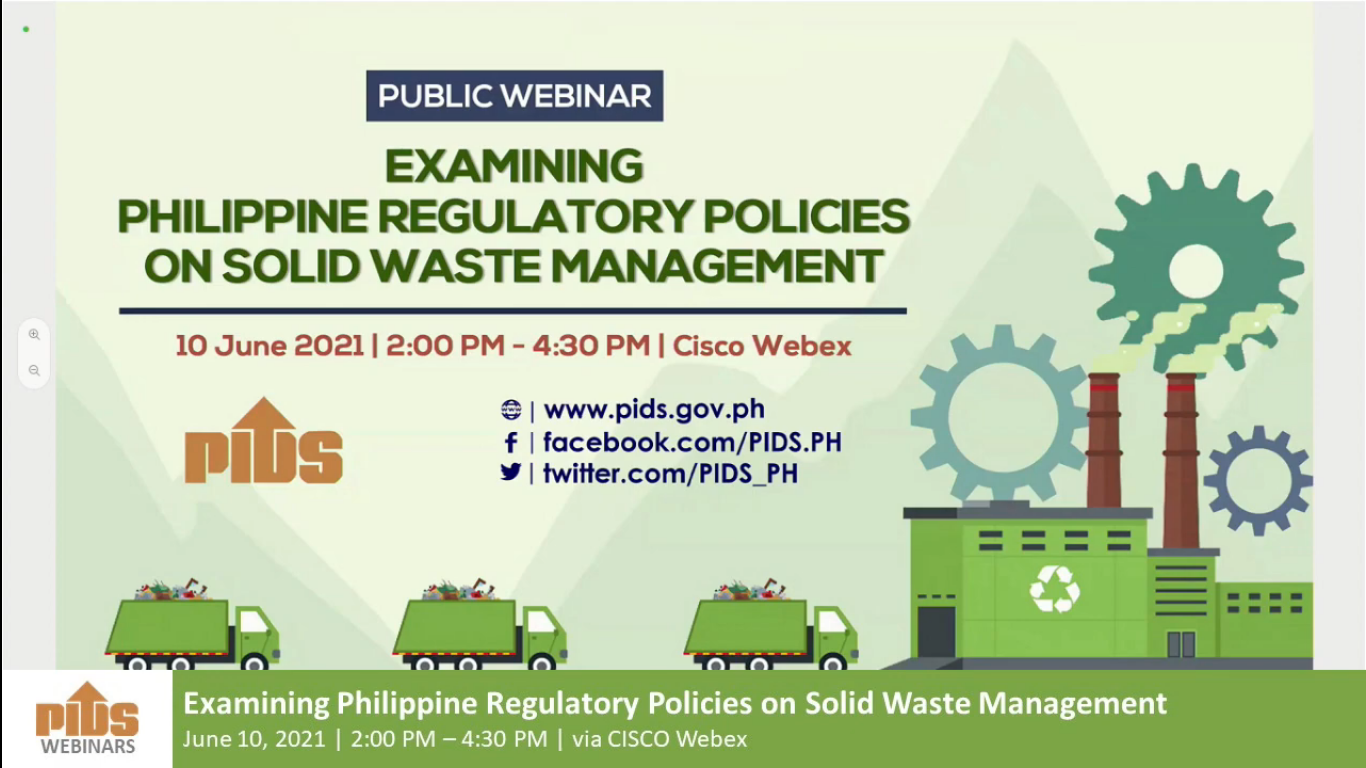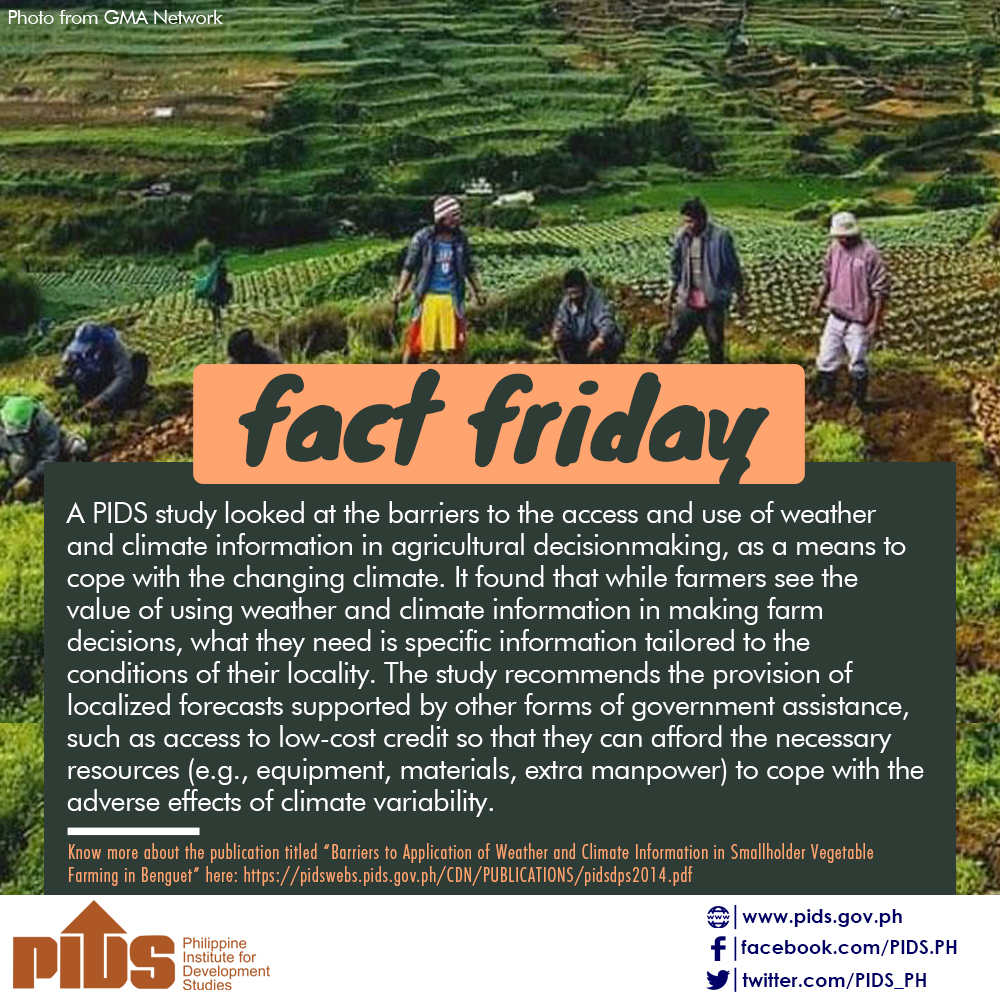THE goal of raising annual farm output by as much as 5 percent prompted the government more than a decade ago to start increasing the budget for the agriculture sector. That target, however, remained elusive. Despite billions of pesos poured into agricultural interventions, the expansion of crops and fisheries output from 2008 to 2017 never breached the 4-percent mark. And going by the recent statement of the chief of the Department of Agriculture (DA), the sector again exhibited lackluster performance in 2018 as output rose by a measly 1 percent.
From 2008, when the government decided to increase the DA’s budget, there were years when agricultural production grew by less than 2 percent. The sector’s dismal performance in 2010, when output contracted by 0.12 percent, was blamed on the El Niño phenomenon. In 2015, production declined by nearly 1 percent in the fourth quarter after Typhoon Lando (international code name Koppu) ravaged North Luzon provinces that are considered top rice and corn producers. More strong typhoons visited the Philippines in 2016, causing output to decline by 1.41 percent.
Two years later, strong typhoons would again destroy standing rice and corn crops, particularly in Northern Luzon. Typhoon Ompong (international code name Mangkhut) damaged rice crops valued at P20 billion in 2018, which forced the DA to admit that full-year rice production likely contracted.
The previous administration had targeted farm-output growth of 3 to 5 percent, and this goal was adopted by the Duterte administration. Three years into the President’s term, however, it appears that the government would likely encounter difficulties in hitting this goal. The sector’s performance in 2017 gave us hope that it is on the road to seeing sustained increases in productivity. But it took just two typhoons to wipe out whatever gains achieved by the sector in the first two years of the Duterte administration.
The government’s economic blueprint, dubbed Philippine Development Plan, had outlined the strategies it will roll out to improve farm output. So far, many of the PDP initiatives remain unfunded. Compounding the problem is the inaccessibility of affordable credit, which is why many farmers turn to loan sharks that charge onerous rates just so they can buy farm inputs. Although the DA has jump-started a credit program that extends cheap loans to farmers, it remains limited in scope.
The conversion of the quantitative restriction on rice into tariffs will pave the way for the establishment of the Rice Competitiveness Enhancement Fund, which will come from rice import duties. Part of the RCEF would be earmarked for loans to rice farmers. However, despite the expected gains from the conversion of the rice QR, a study by government think tank Philippine Institute for Development Studies found that the mediocre performance of the agriculture sector won’t be reversed by tariffication. (See, “PIDS study: Mediocre farm performance to continue after tariffication,” in the BusinessMirror, January 11, 2019)
While there are pockets of hope in the agriculture sector, such as government’s efforts to open up more markets for Philippine farm products, these are not enough to significantly hike the sector’s productivity. Aside from the huge investments required by the farm sector, the government must seriously look at the policies that need to be overhauled or tweaked in line with the country’s food-security requirements.










